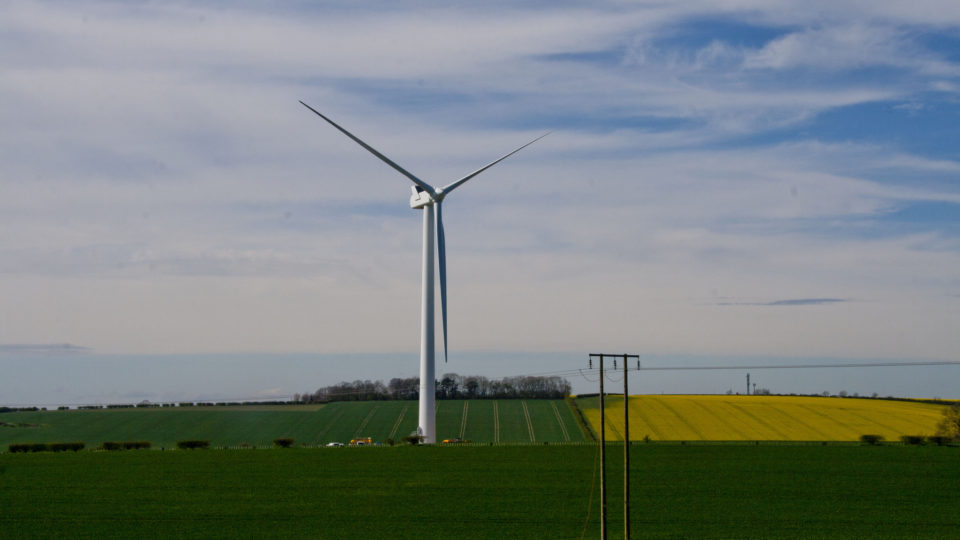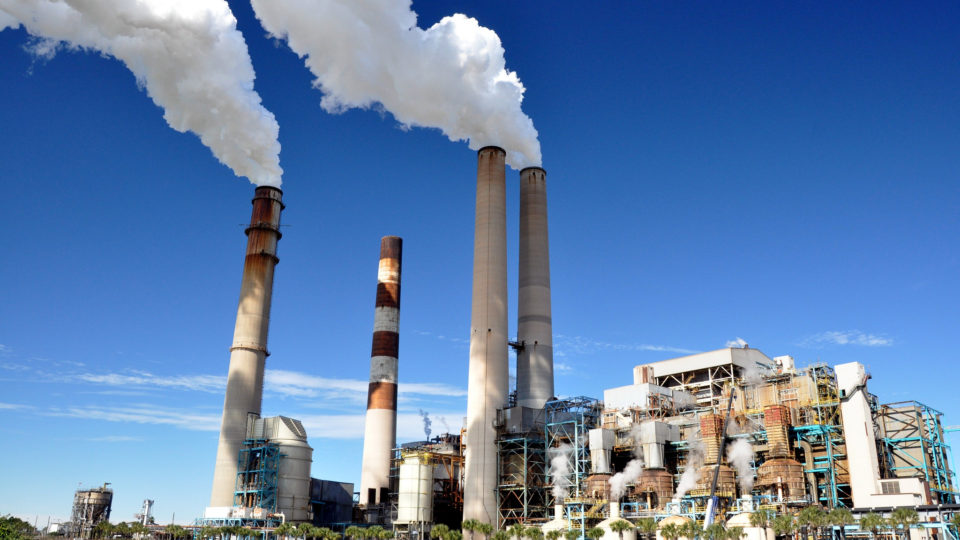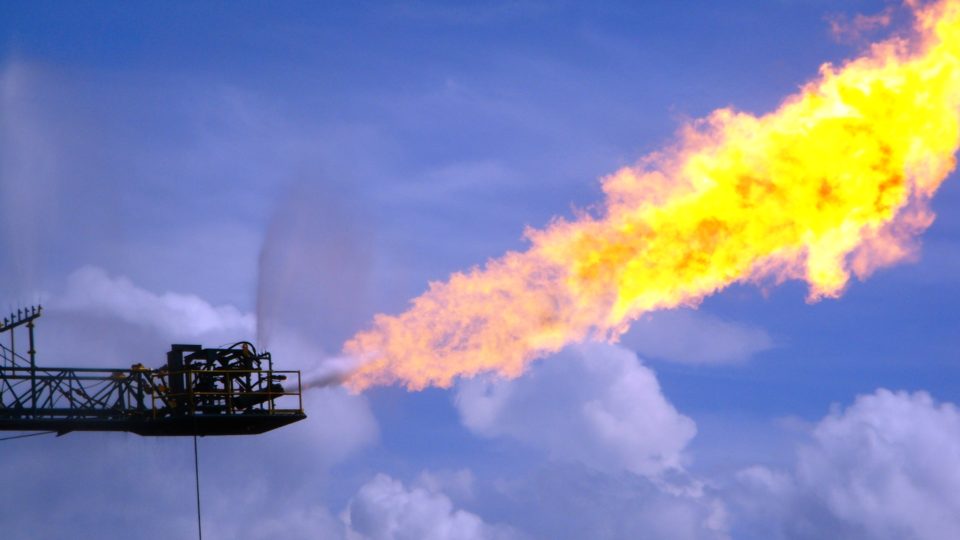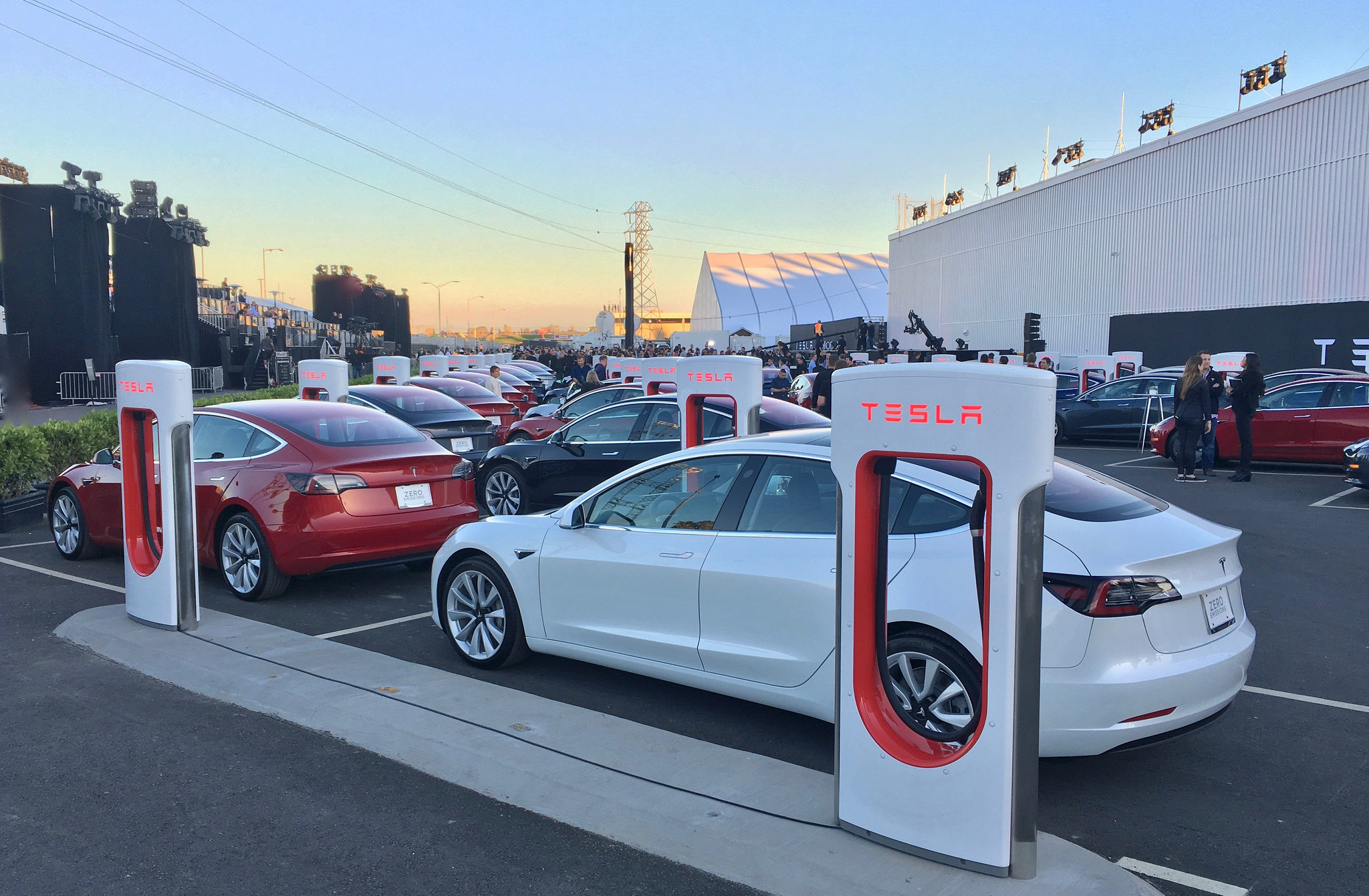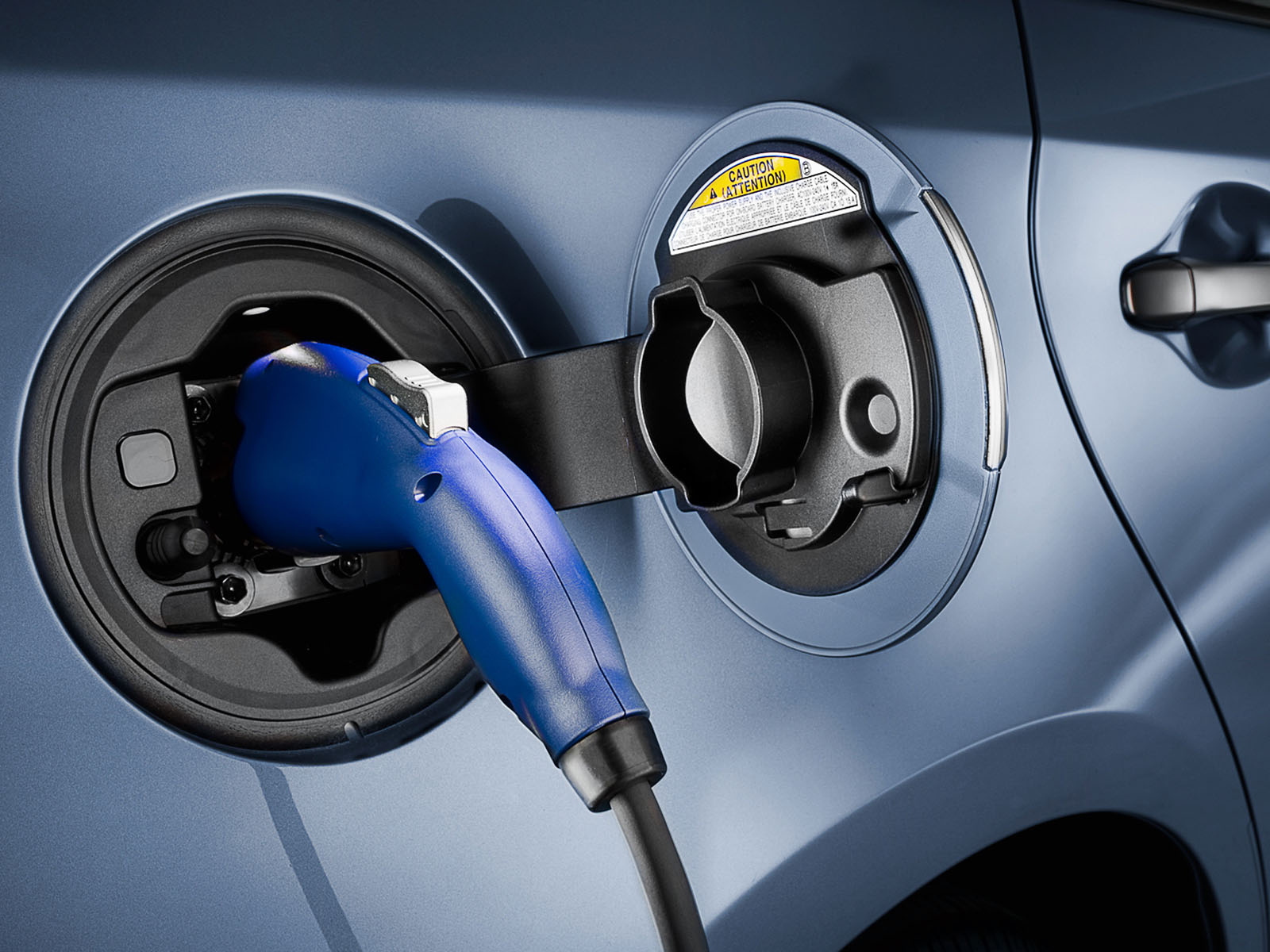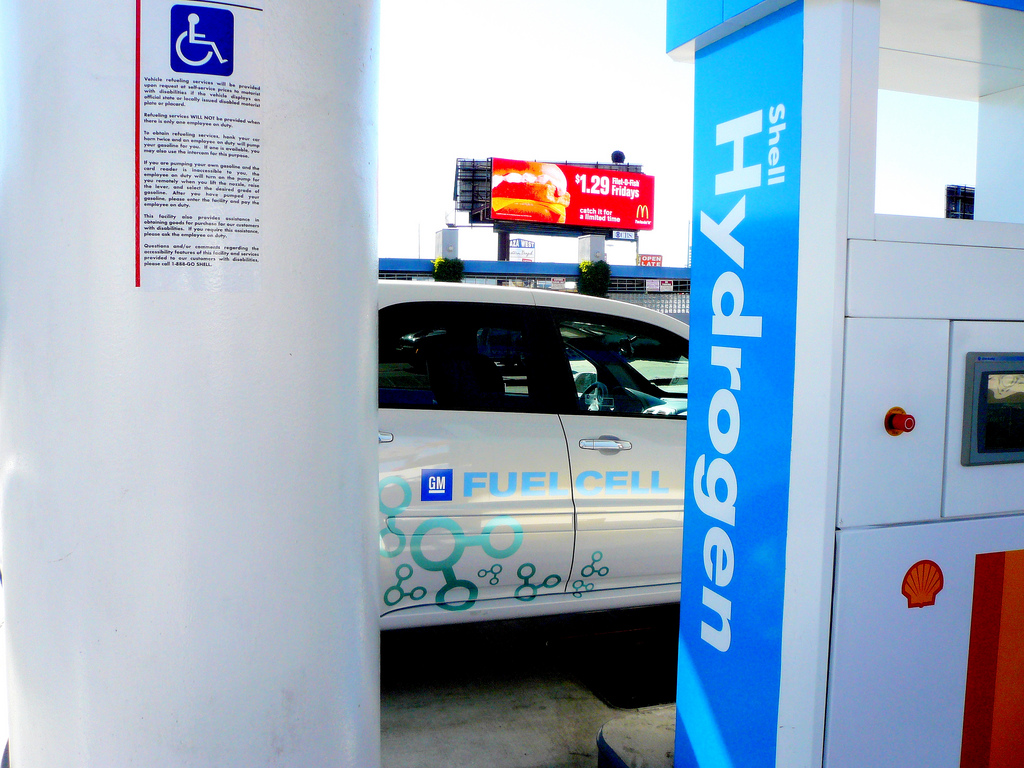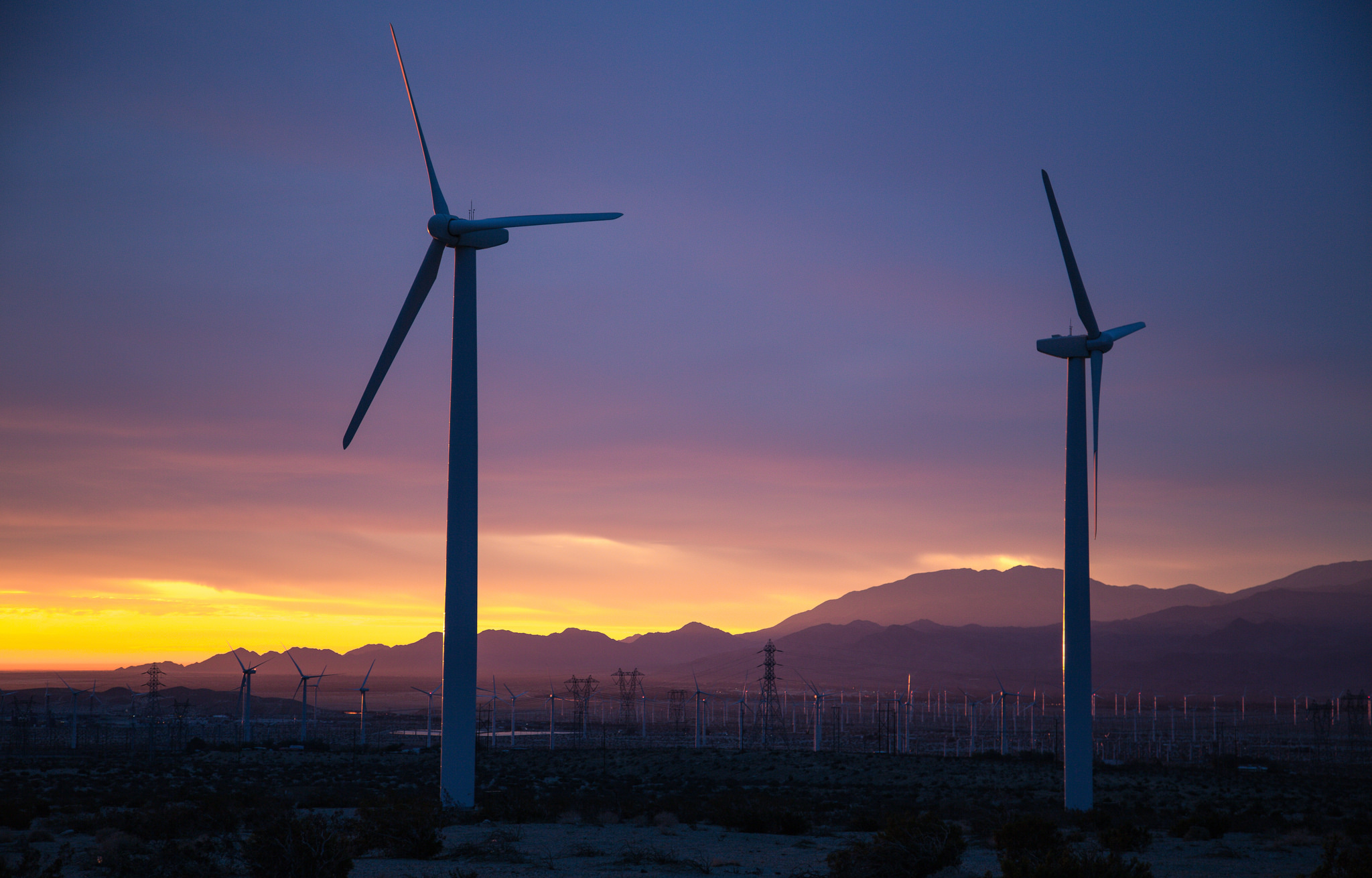gas
Safer Places For Bus Riders
Taking the bus in crowded cities is a good way to reduce overall traffic, save money on gas, and do a good turn for the environment. Unfortunately, bus riders often are exposed to large amounts of pollution in the process.
CO2 Emissions Stalled
For the third year in a row, global emissions of carbon dioxide have remained unchanged. This indicates that efforts to reduce emissions have had an effect, but that there is much more to be done. It is essential to reduce emissions, not just cap them.
Fuel From Greenhouse Gases
Carbon dioxide and methane are the two greenhouse gases that are having the greatest impact on the global climate. There are basically three ways to prevent them from getting into the atmosphere: don’t emit them, trap them and store them away, or turn them into something useful.
Ditching Gas And Diesel Cars
Electric cars represent only a tiny fraction of the overall auto market. The numbers are growing, most certainly, but they are still quite small in most places. The recent start of production of the Tesla Model 3 has attracted quite a bit of attention to electric cars, but in many countries, there is much more to the story than just media buzz about a new car.
A Faster Car Battery
There is more and more interest in electric cars and, based on the half million advance orders for the Tesla Model 3, more and more of us plan to be driving them. For many of us, the technology is already good enough to meet most if not all of our motoring needs.
France And Climate Change
On the heels of the Trump Administration’s decision to withdraw from the Paris Climate Accord, France has rolled out ambitious plans to reduce its carbon footprint even further.
Sustainable Ethanol
Most gas stations in the U.S. sell a blend of 90% gasoline and 10% ethanol. Mandated by legislation, the 14 billion gallons of ethanol consumed annually by American drivers is mostly made from fermented corn. Producing this ethanol requires millions of acres of farmland.
Exporting Emissions
The Paris Climate Agreement seeks to reduce global carbon emissions. The nearly 200 countries who signed it have pledged to reduce their own emissions within their borders. And therein lies the rub: the agreement says nothing about the impact their products have across the world. For some countries, the problem is not so much the emissions they produce; it is those they export.
A New Record For Solar Hydrogen Production
Renewable energy may be under attack by the federal government these days, but one federal agency is making great progress on using the sun’s energy to split hydrogen from water. The National Renewable Energy Laboratory, located in Golden, Colorado, recently highlighted two initiatives aimed at the production of renewable hydrogen.
[Read more…] about A New Record For Solar Hydrogen Production
Storing Energy With Captured CO2
Capturing carbon dioxide instead of releasing it into the atmosphere is a way we can use fossil fuels without it having harmful effects on the climate. Energy storage is a way to address the volatility of clean energy sources like wind and solar power. Excess energy stored during peak production can be used when production ceases, such as when the sun is not shining or the wind is not blowing.
Old Dog, New Trick
The North-Rhine Westphalia region of Germany was the crucible of that country’s industrial revolution and it still generates a third of Germany’s power, much of it using aging coal plants. However, Germany’s national energy transition program is pushing the country away from coal and other fossil fuels and towards renewable energy sources.
The Threat Of Man-Made Earthquakes
According to a new report from the U.S. Geological Survey, millions of people living in Oklahoma and parts of Kansas face significant potential for damaging earthquakes this year as a result of human activity. The only other part of the continental United States facing a similar danger is California, which has natural faults lines slicing through the state.
The Largest Battery Storage Substation
At the end of last year, Southern California Edison turned on the largest lithium-ion battery storage facility in the world in Ontario, California. It is a substation with 80 megawatt-hours of capacity, enough energy to power 2,500 households or charge 1,000 Tesla cars a day.
2016 Carbon Progress Report
Last year was a big year for progress in the U.S. power sector. Renewable energy provided nearly 17% of the country’s electricity, up from 13.7% in 2015. The first offshore wind farm in the U.S. opened off the coast of Rhode Island. And most significantly, carbon emissions from the power sector continued to decline and reached the lowest levels in nearly 25 years.
Using Less Energy
Americans comprise less than 5% of the world’s population, but we use almost 20% of its energy. This is a problem from many perspectives and it is one that we are at least trying to solve.
The Economics Of Renewable Energy
Very few people are against the use of renewable energy sources like solar and wind power in principle. It is hard to argue against generating power from resources that are free and plentiful. The main knock against renewable power sources has been that they cost too much compared with conventional, fossil-fuel technologies.
The Hottest Month (Again)
NASA data show that the Earth’s temperature in July was the highest recorded since record-keeping began 136 years ago. It was also the 10th straight month of record-breaking temperatures and was .18 degrees Fahrenheit higher than the previous hottest July in 2011.
